The plan to restructure the agricultural sector of Thai Binh province for the period 2021 - 2025 identifies: "Promoting modern agriculture, clean agriculture, organic agriculture associated with the development of agricultural processing industry, adapting to climate change, sustainably connecting value chains inside, outside the province and globally, creating momentum and bringing new breakthroughs in the agricultural sector of the province". Therefore, planning agricultural production areas and regions in the direction of green, clean, applying high technology with essential infrastructure is something that needs to be implemented soon to create a "framework" for investing resources to develop high-tech agriculture.
Organic rice cultivation model combined with shrimp farming in Nam Cuong commune (Tien Hai).
Forming modern agricultural thinking
Identifying the development of commodity agriculture and the application of high technology as the main and long-term direction, in recent years, the agricultural sector and localities have focused on promoting propaganda and guiding people to raise awareness and responsibility in implementing production processes to ensure standards and regulations to meet market requirements. Since then, many "green" agricultural production models have emerged, bringing high economic efficiency.
Starting from a transfer model implemented by the agricultural extension sector and the Dai Xuyen Duck Research Center (Animal Husbandry Institute) in Tien Hai, Mr. Ngo Van Duan and members of the Dong Xuyen Comprehensive Livestock Cooperative have elevated sea ducks and sea duck eggs to become famous OCOP products.
Mr. Ngo Van Duan, Director of Dong Xuyen General Livestock Cooperative, said: The reason why Dong Xuyen sea ducks and sea duck eggs are accepted by the market with higher selling prices than the market is because the products are different and highly uniform. In particular, the stable quality is maintained with very unique secrets in feed and the application of biological products. From the very beginning, in addition to the breeding process of Dai Xuyen Duck Research Center, the Cooperative also added AM garlic products of the Vietnam Academy of Agriculture to drinking water. Feed for laying ducks and meat ducks is also specially produced at a company in Hai Duong. Adding microorganisms to drinking water will help the duck's digestive system to be better, absorbing more nutrients. In addition, the Cooperative also uses biological products such as microorganisms to make a honey garlic formula for disease prevention in ducks. In 2023, the Cooperative's revenue will reach about 33.5 billion VND, of which Dong Xuyen sea ducks and duck eggs will reach 23 billion VND. With a methodical approach from selecting breeds, feed and applying VietGHAP farming process, the sea duck farming model of Dong Xuyen General Livestock Cooperative brings high economic efficiency, farmers call this waterfowl the "god of wealth" in this coastal area.
Ms. Nguyen Thi Nga, Deputy Director of the Department of Agriculture and Rural Development, said: Thai Binh has clearly identified that low-carbon economy is a new direction and an opportunity for the locality to improve the competitiveness of the agricultural sector in the global sustainable agricultural value chain. In many localities in the province, models have been and are being formed to apply science and technology, technical processes for fuel-saving farming in agricultural machinery, limiting the use of chemical fertilizers and pesticides to reduce greenhouse gas emissions and protect the environment. Typical examples include the typical SRI improved rice cultivation model in Dong Hung, Vu Thu, Tien Hai, Kien Xuong and Thai Thuy districts. In the period of 2017 - 2020 alone, with the cooperation of the Netherlands Development Organization (SNV), the participation of agricultural businesses inside and outside the province, and the consensus of the people, the localities have successfully implemented the project "Sustainable rice production and greenhouse gas emission reduction (AVERP)", in which 52 communes with 54 cooperatives of 8 districts and cities participated in applying the technology packages of the units with an applied area of 2,356.65 hectares (in 2020). In general, 9 technology packages have been implemented with an average yield increase of 26% and greenhouse gas emissions reduction of 12.5% compared to traditional farming methods, which are highly appreciated by the people for their efficiency. In addition, in the field of cultivation, the whole province has about 200 hectares of land cultivated in the direction of nature with high economic value, creating ecological balance and biodiversity. In the livestock sector, the whole province has over 18,000 biogas plants to treat livestock waste. Many large-scale livestock farms have used large biogas plants (from 30m 3 to 200m 3 ) installed in series or built biogas ponds with HDPE plastic tarpaulins with a volume of over 2,000m 3 to thoroughly treat livestock waste, while creating a source of biogas for cooking and running generators, both bringing economic efficiency and reducing gas emissions into the environment.
Multiplying "green" agricultural areas
According to Professor, Dr. Le Van Chien, Director of the Institute of Leadership and Public Policy, Ho Chi Minh National Academy of Politics: Regarding agriculture, Thai Binh has a lot of room to develop circular agricultural economy and low-carbon agriculture. In fact, the province has been implementing many models related to this issue and has been effective. In order to create clean, safe, environmentally friendly agricultural products, aiming to expand export markets, Thai Binh needs to promote propaganda about the economic benefits and environmental efficiency of circular agricultural production, raising awareness of people and businesses. And above all, it is the political determination and participation of the entire political system, especially the Party Committee and grassroots authorities in concretizing the province's policies and goals. Along with that, the province also needs to have reasonable mechanisms and policies to attract people and businesses operating in the agricultural sector to participate.
The action plan to implement the strategy for sustainable agricultural and rural development for the 2021-2030 period, with a vision to 2050 in the province, determines that by 2050, Thai Binh will strive to become one of the provinces with developed, modern agriculture, green agriculture, and high-tech application.
Ms. Nguyen Thi Nga, Deputy Director of the Department of Agriculture and Rural Development, added: In the coming time, the Department will continue to coordinate with departments, branches, and localities to promote propaganda and guidance for people and businesses operating in the agricultural sector in the area to unify and raise awareness of regional linkages to develop a circular economic ecosystem and low-carbon economy in agriculture. Advise the province on mechanisms and policies to encourage and attract investment in building a number of pilot models, thereby developing an ecosystem for circular agricultural production areas and low-carbon agriculture right from the stages of planting, raising, and processing, creating a comprehensive closed circle, integrating multiple values.
For rice production, synchronously apply the rice intensification process towards reducing greenhouse gas emissions, synchronously mechanize production stages; production is linked with environmental protection and aquaculture in rice fields, creating safe rice products. In livestock farming, organize concentrated livestock farming areas, livestock product processing areas far from concentrated residential areas, develop industrial livestock farming applying high technology in farms and enterprises. For the aquaculture sector, modernize the production process, focus on developing strategic products such as shrimp, mollusks, earthworms, cage farming products in 2 directions: industrial and modern farming or environmentally friendly organic farming, forming a specialized farming area with about 1,000 hectares of riverside earthworm rice.
The application of high technology is considered the key to sustainable development of agriculture. For Thai Binh agriculture to develop sustainably, it is necessary to continue promoting the application of science and technology, especially advanced technology, and high technology is the breakthrough and key. In addition, it is necessary to attract many large and capable enterprises to invest in agriculture to lead the production, orient the market, and create momentum for agricultural development. That is the goal and strategy set to bring sustainable development of agriculture - farmers - rural areas of the province.

In the aquaculture sector, strategic products such as shrimp are being invested in for industrial and modern development.
Ngan Huyen
Source


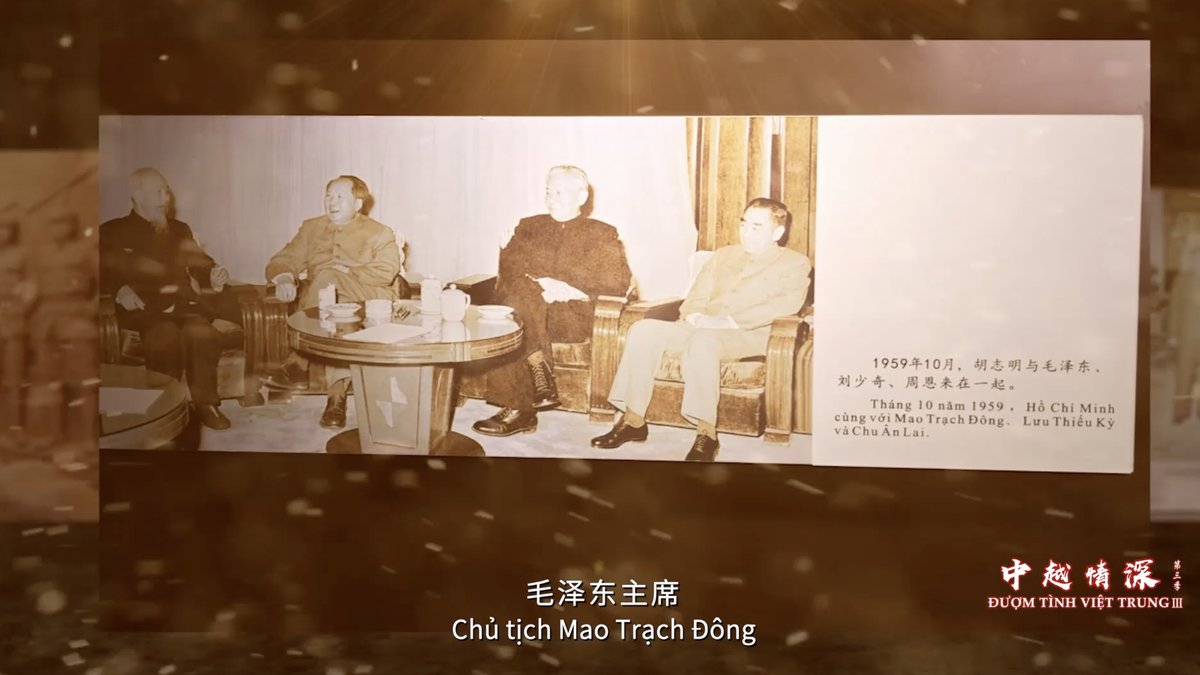
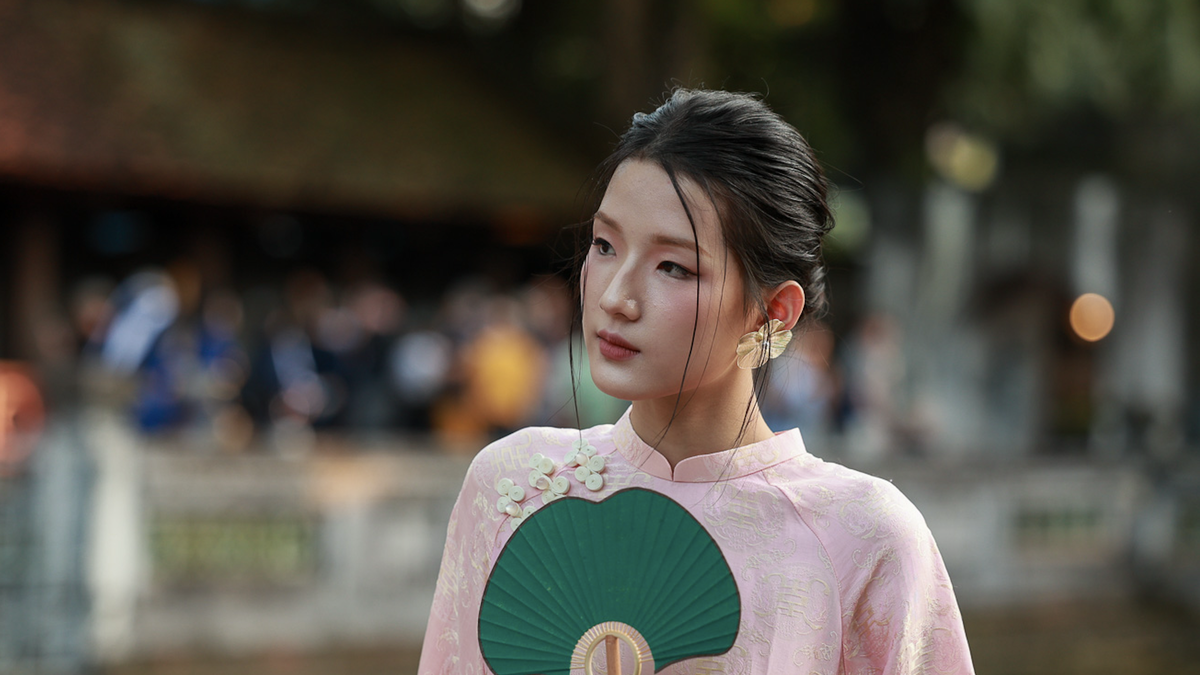


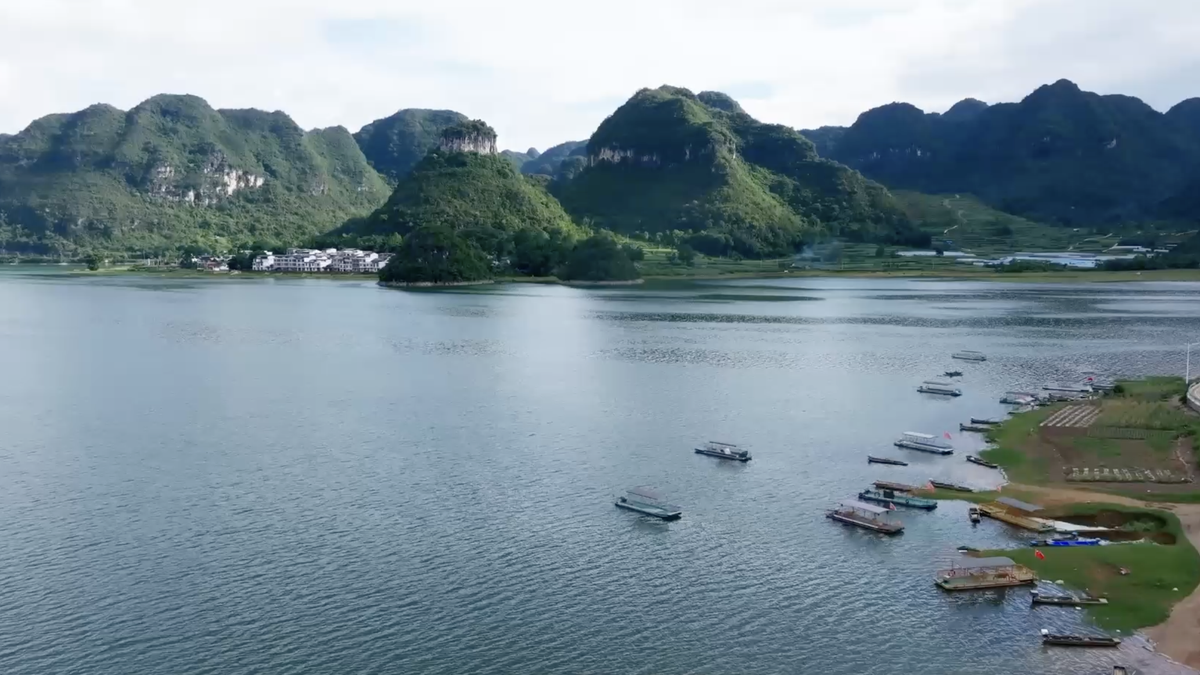
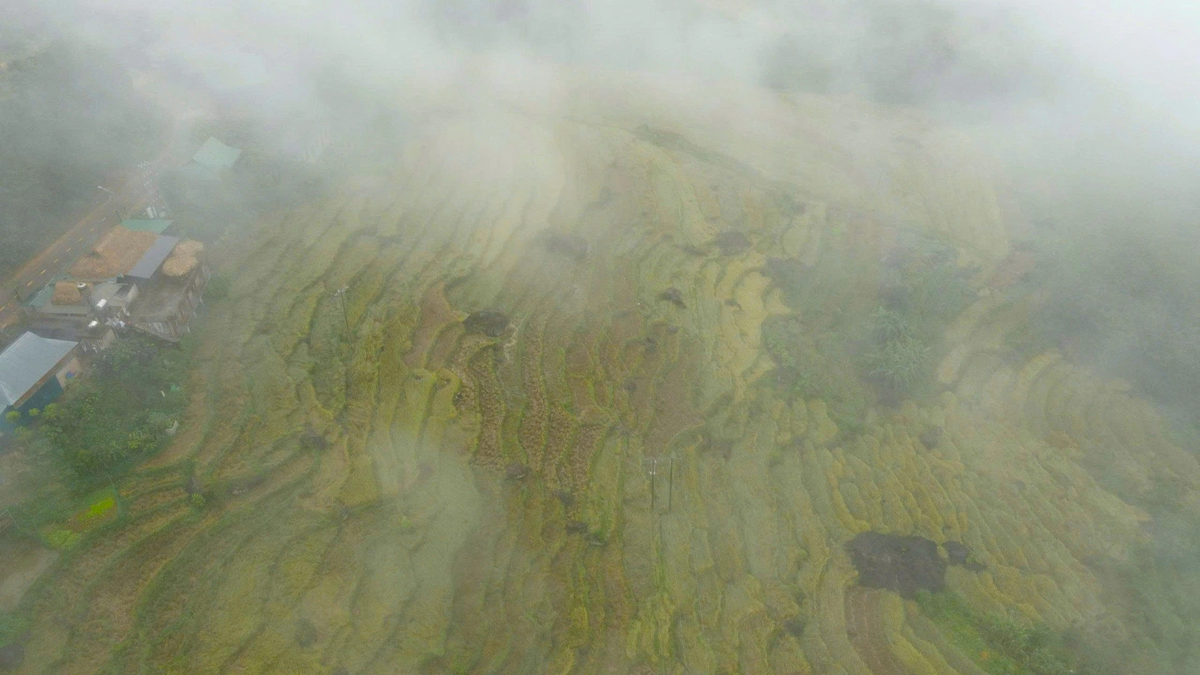

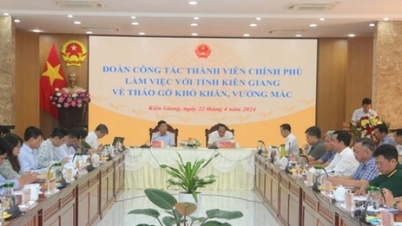
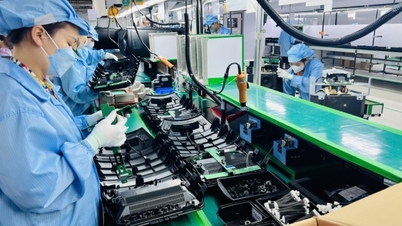
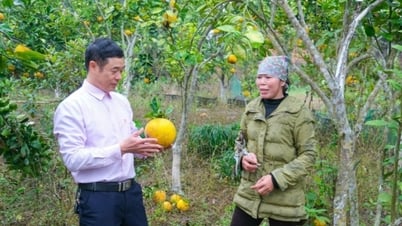
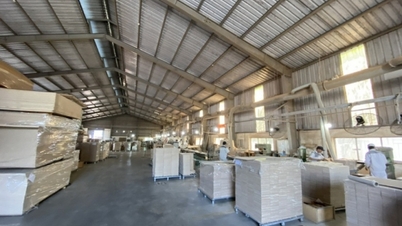
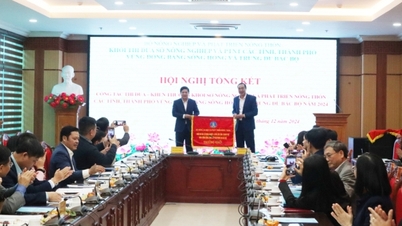


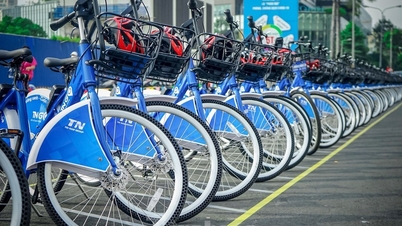

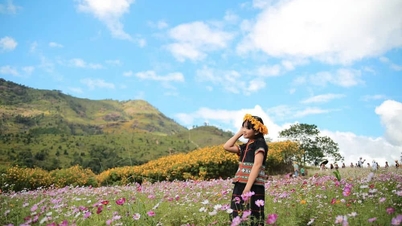

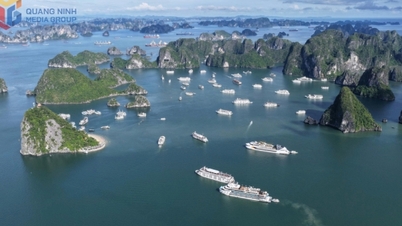

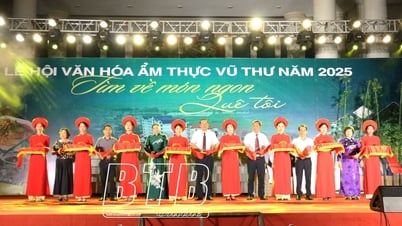


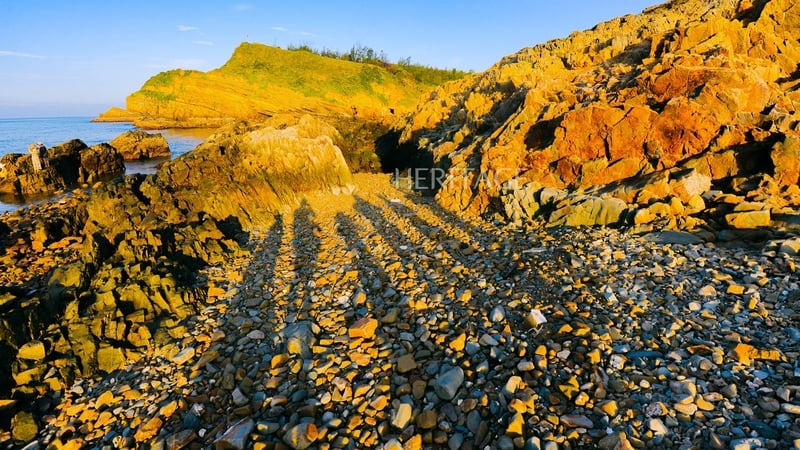


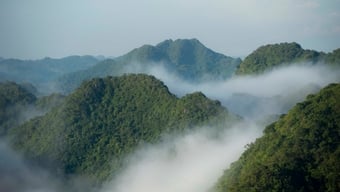
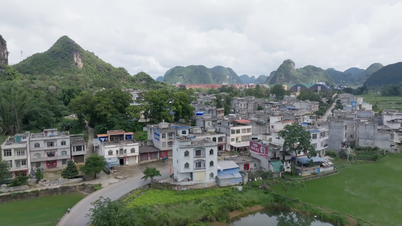

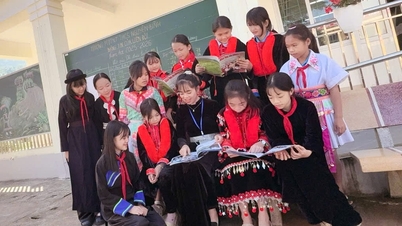
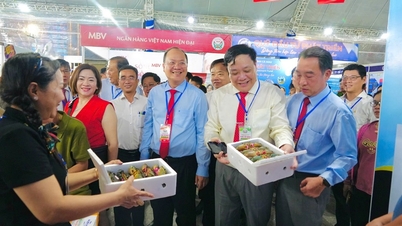
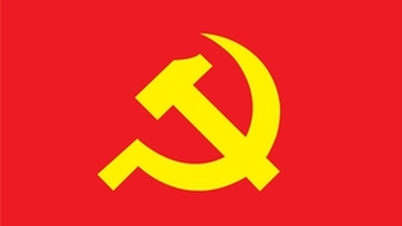

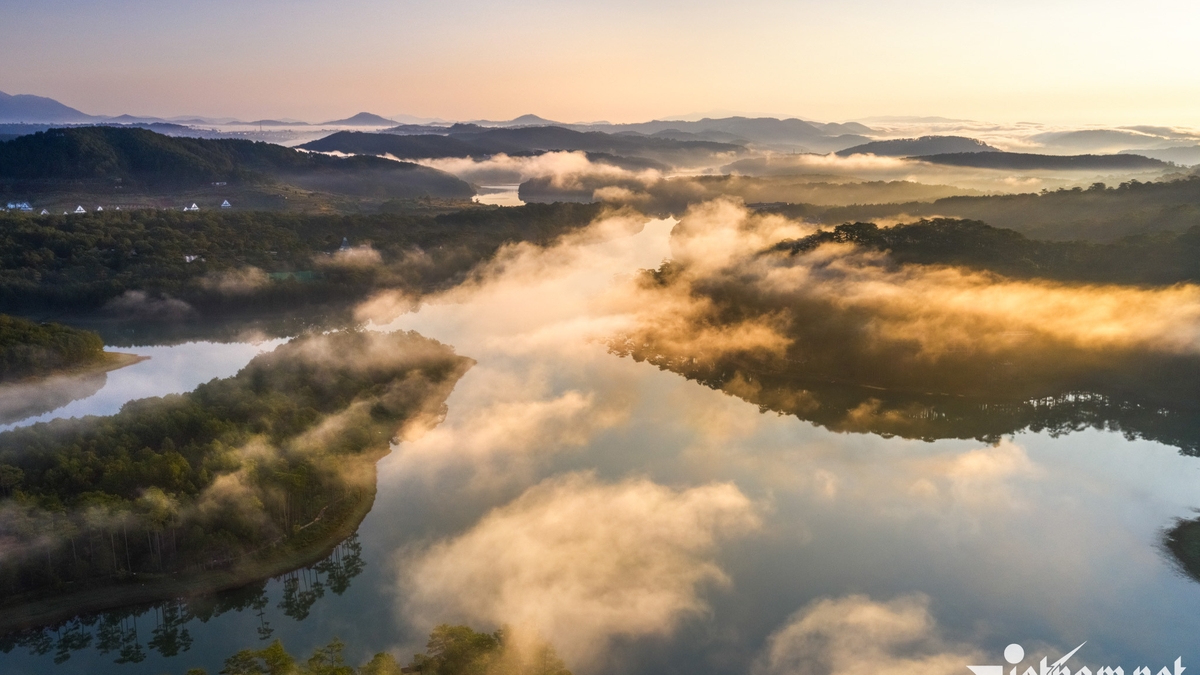

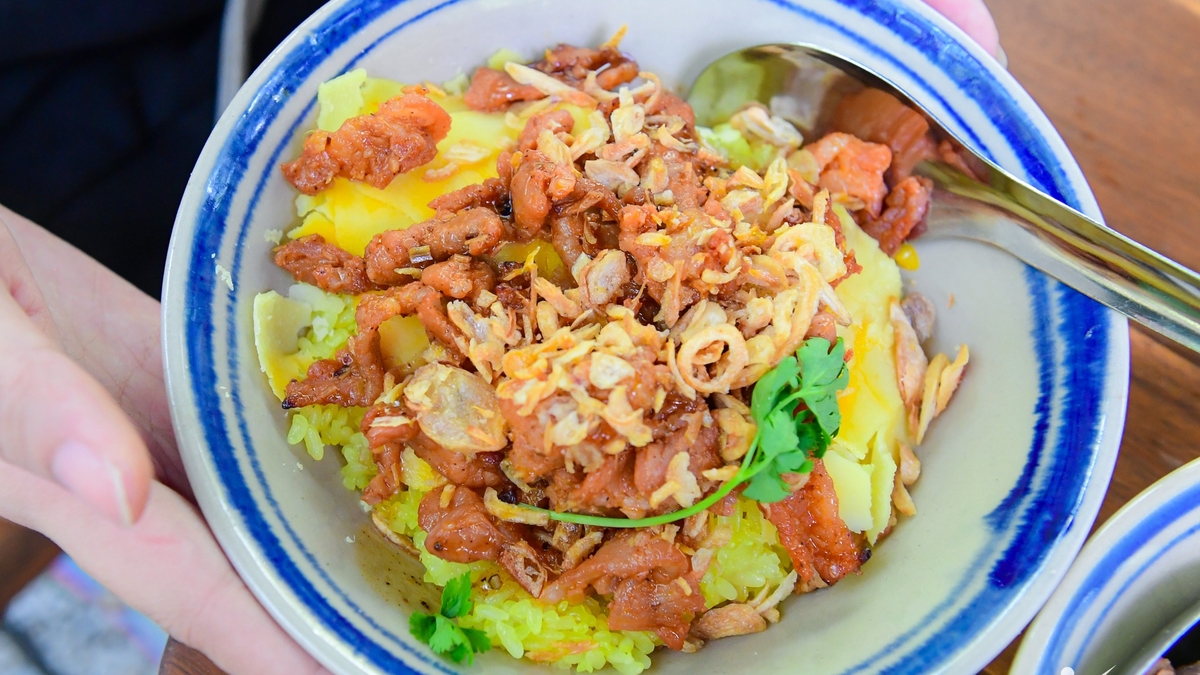
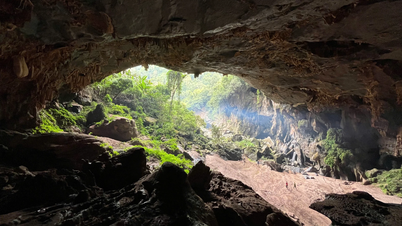

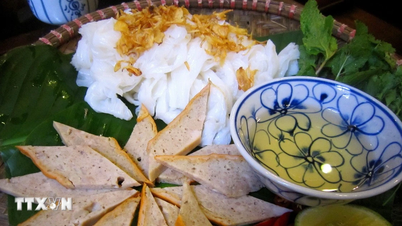

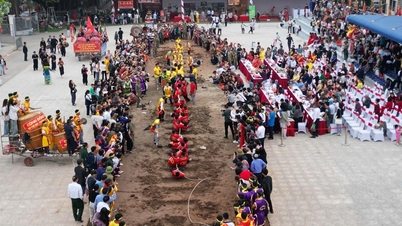

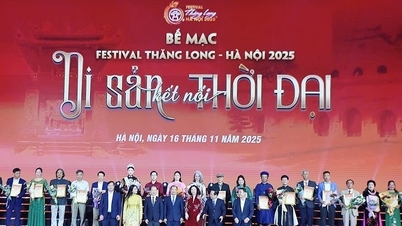

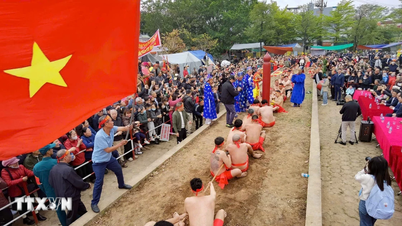
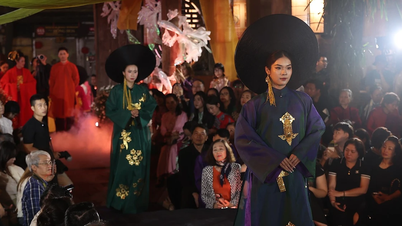
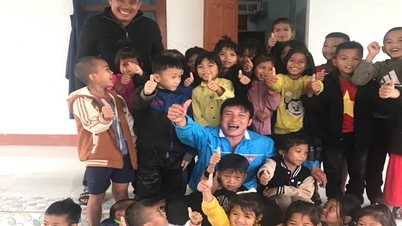

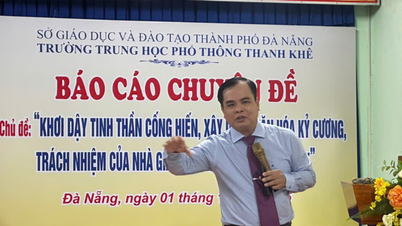


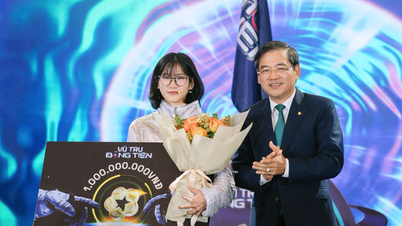



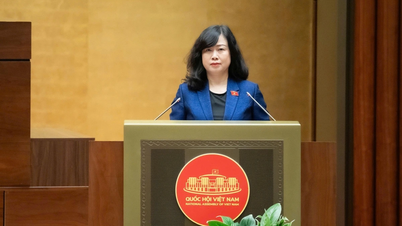

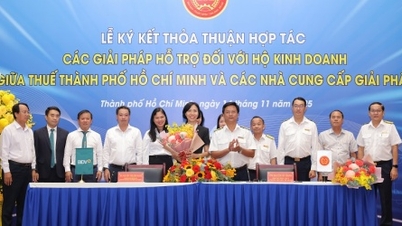

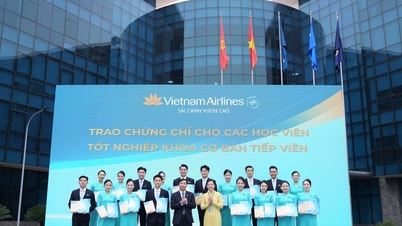

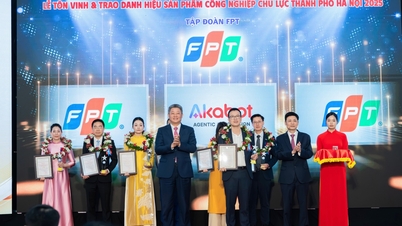

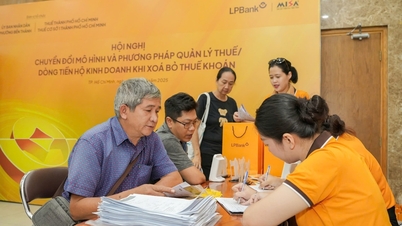
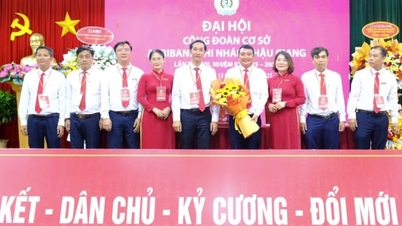





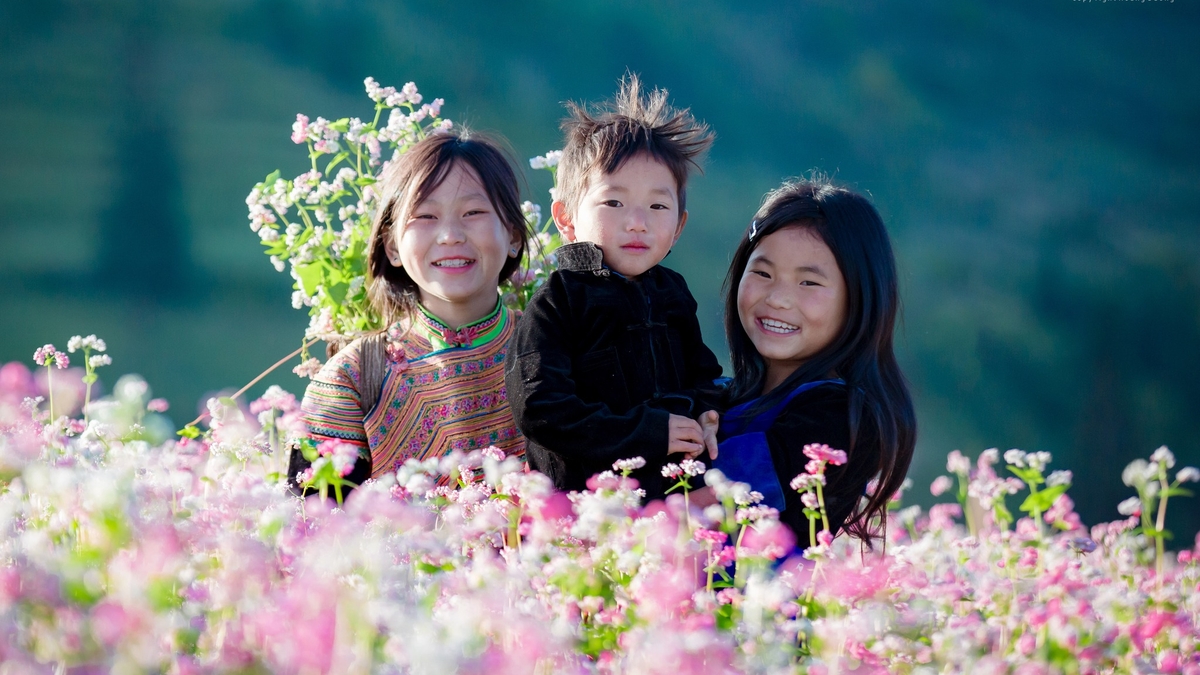





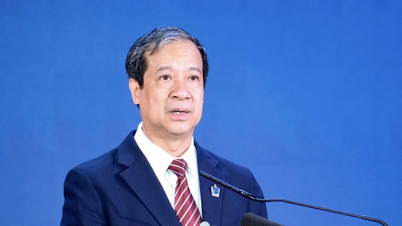


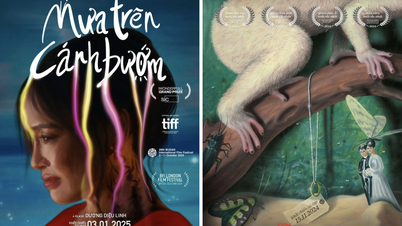





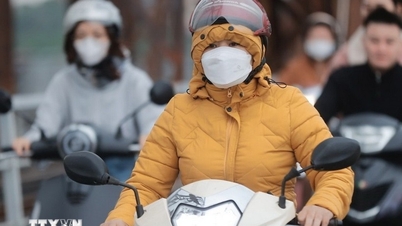


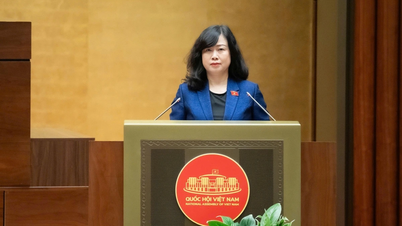
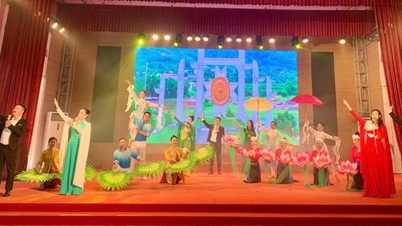
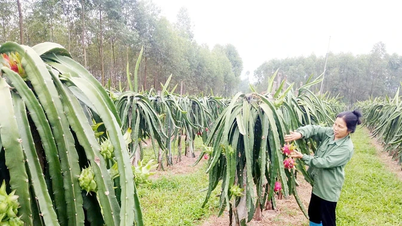

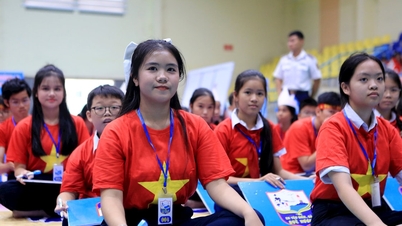
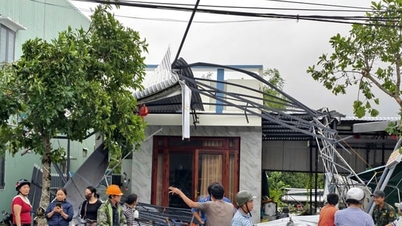

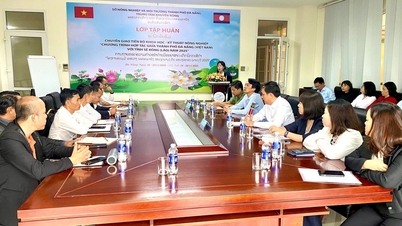

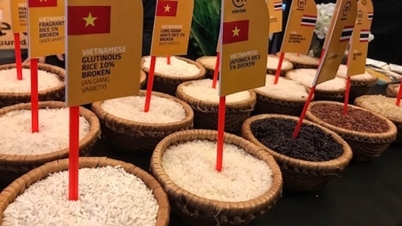
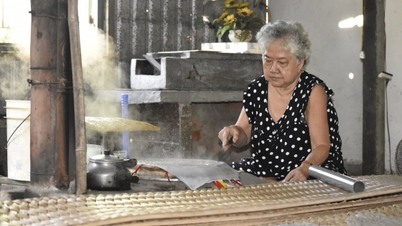

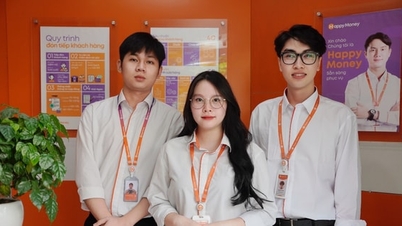
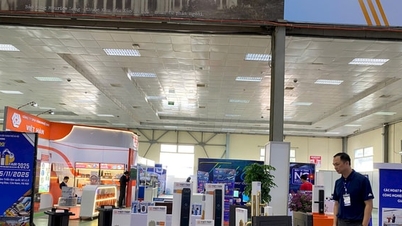
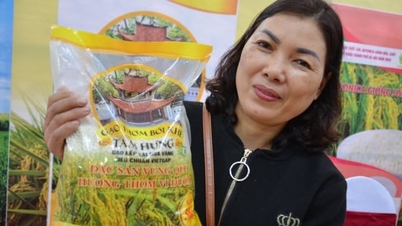
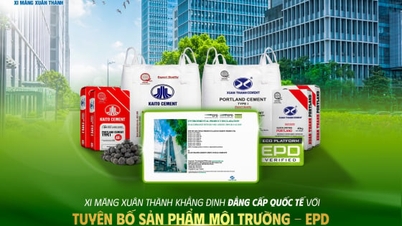
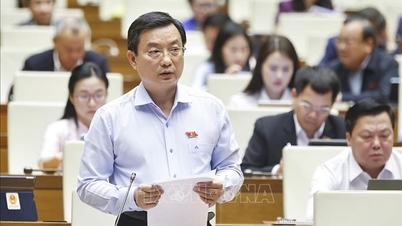




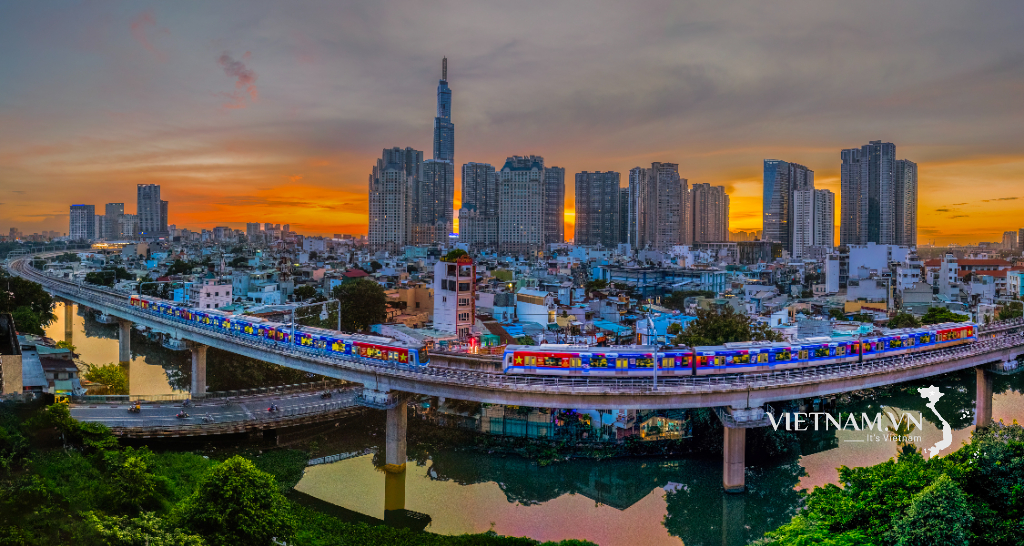

Comment (0)